Open science is an approach aimed at making scientific research more transparent, accessible and collaborative. This guide aims to help readers navigate this relatively new topic and provide the necessary explanations and guidelines.
This guide was written by intellectual property experts with the aim of providing all EEN advisors with guidance and support they can rely on in carrying out activities within the Enterprise Europe Network project.
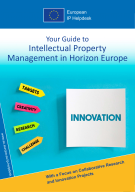
This guide aims to spotlight critical aspects and novelties related to Intellectual Property (IP) management in the context of collaborative research and innovation projects funded under the European Union’s current Framework Programme for Research and Innovation “Horizon Europe” (2021-2027).
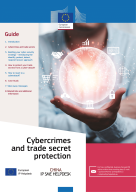
New digital technologies and the Internet, in particular, have become essential tools for companies to develop, communicate and innovate.
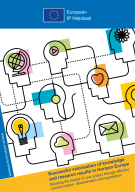
Valorising research results and scientific knowledge is key to delivering new solutions that benefit society and economy.

Intellectual property (IP) is a multi-disciplinary area at an intersection between law, science and research, arts and literature, finance, and social sciences.
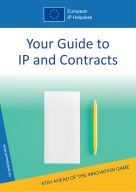
IP can be transferred or licensed, offered to enter into cooperation agreements or contributed as capital in a joint venture.
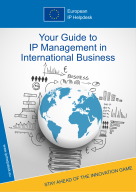
Taking your business international can be quite challenging and may entail a number of risks, especially for Small and Medium-sized Enterprises (SMEs).
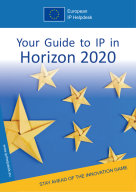
Horizon.2020 is the current EU Framework Programme for Research and Innovation with nearly €80 billion of funding available from 2014-2020.
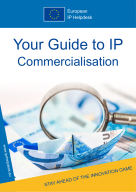
Commercialisation is the process of turning products and services into a commercially viable value.
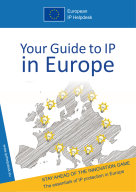
Intellectual property (IP) management is a key element in improving the competitiveness of any company.
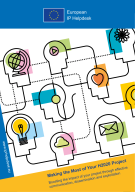
Excellent science needs effective communication and dissemination. Bringing research and its outcomes to the attention of non-scientific audiences, scientific peers, potential business partners or policymakers fosters collaboration and innovation.
